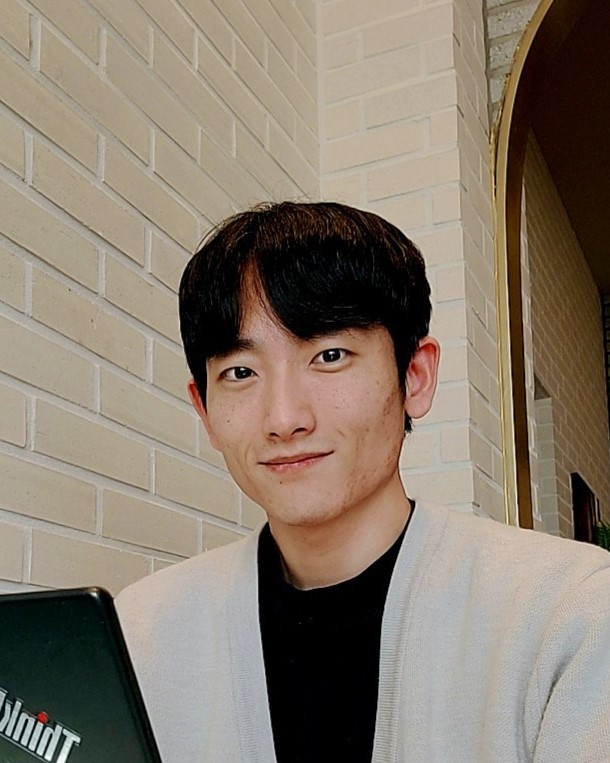Prologue
During my PhD journey, I delved into the 3D perception algorithms for autonomous driving, specifically focusing on sensor fusion-based 3D object detection. After developing several state-of-the-art networks and achieving good results on KITTI and nuScenes leaderboards, I found myself yearning for a broader perspective beyond leaderboard rankings.
After successfully completing my defense at the end of March, I took on the role of a post-doctoral researcher responsible for the lab’s projects. Simultaneously, I aimed to verify whether my recent camera-radar sensor fusion network, CRN could work effectively in real-world scenarios.
With several years of experience, I quickly realized that deploying a model in the real world might be vastly different compared to simply developing a model on well-curated datasets. Deploying a model in the real world requires careful consideration of data collection (deciding what and how to collect and annotate data) and engineering (planning how to deploy the model effectively).
Goal
Given the significant time I had already invested in developing a robust 3D object detection network using multi-sensors, my main focus shifted towards optimizing the processes of collecting data, annotating it, and deploying the model. Most importantly, I aimed to make this entire cycle cost-efficient and labor-friendly.
In the following posts, I will provide a very brief overview of the problem I aimed to address, the challenges I encountered along the way, and my approach to solving the problem. (I do not enjoy reinventing the wheel)
Throughout this journey, I received invaluable help from VDC Lab members, and I will acknowledge their contributions.
